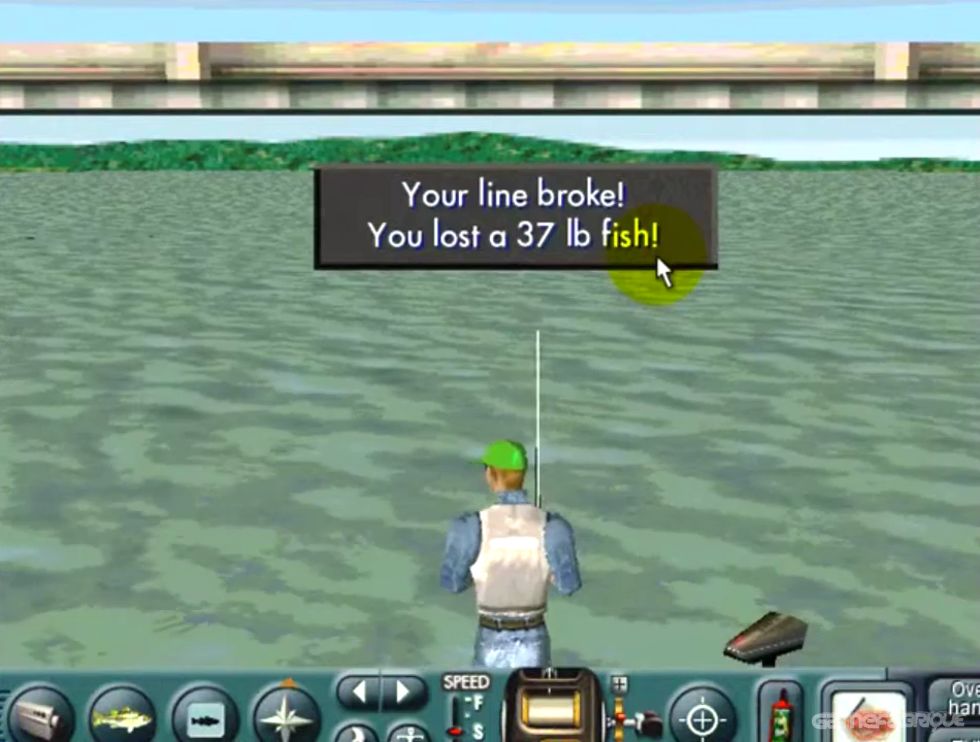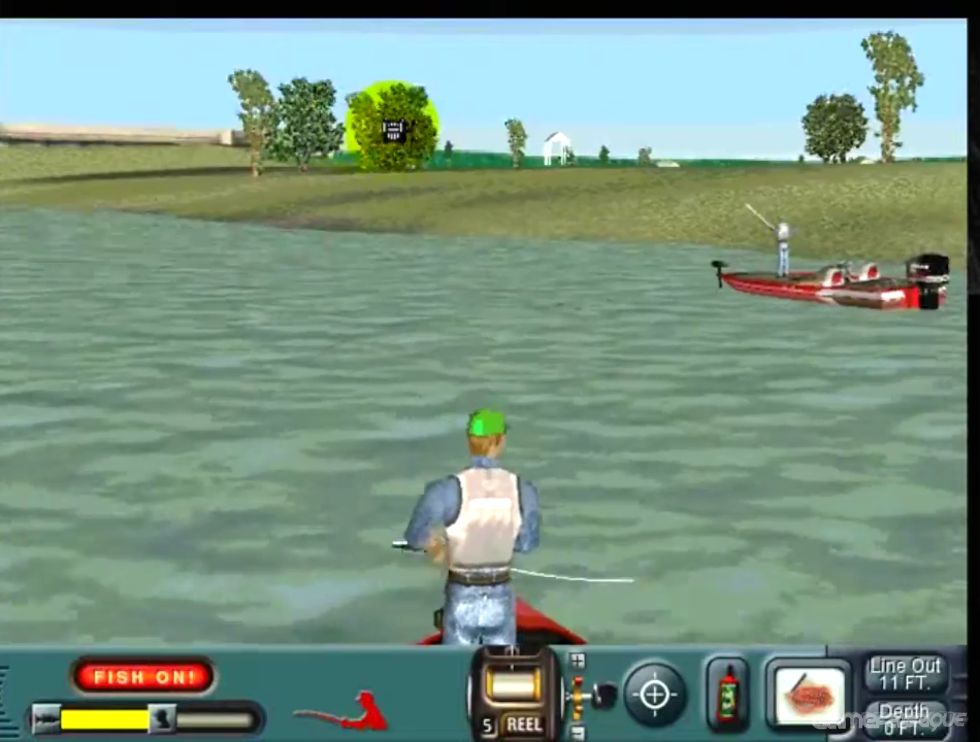
With active bass and dense underwater vegetation, "jerk worms" are an excellent bait. By lowering the rod tip and waiting only until the slack is out of the line before setting the hook, anglers greatly lessen the chance of injury to the fish due to deep hooking. Typically an angler will feel the bass "tap" the worm once or twice lightly. The line should be kept fairly tight to feel the strike. Most plastic worms are worked slowly along the bottom or through cover by raising the rod tip a few feet, then allowing the worm to sink. Purple "metalflake" or "red shad" worms with twirly-tails are popular, and plastic lizards can be effective as well.

Worms come in a variety of colors and scents, and bass may favor certain types depending on light conditions be sure to have both light and dark colors available, as well as several sizes of tapered worm weights from 1/8 to ounce. A weedless "Texas- or Carolina-rigged" worm is effective for fishing Florida lakes with heavy plant cover.

The plastic worm is the most dependable artificial bait for largemouth bass. A medium to medium-heavy rod with 14- to 20-pound test line is preferred, particularly when fishing in areas with thick vegetation or cover. Typically, the shiner is hooked through the lips or back with a large hook, 2/0 to 5/0. The best live bait is a golden shiner, fished under a float or free-lined.



 0 kommentar(er)
0 kommentar(er)
